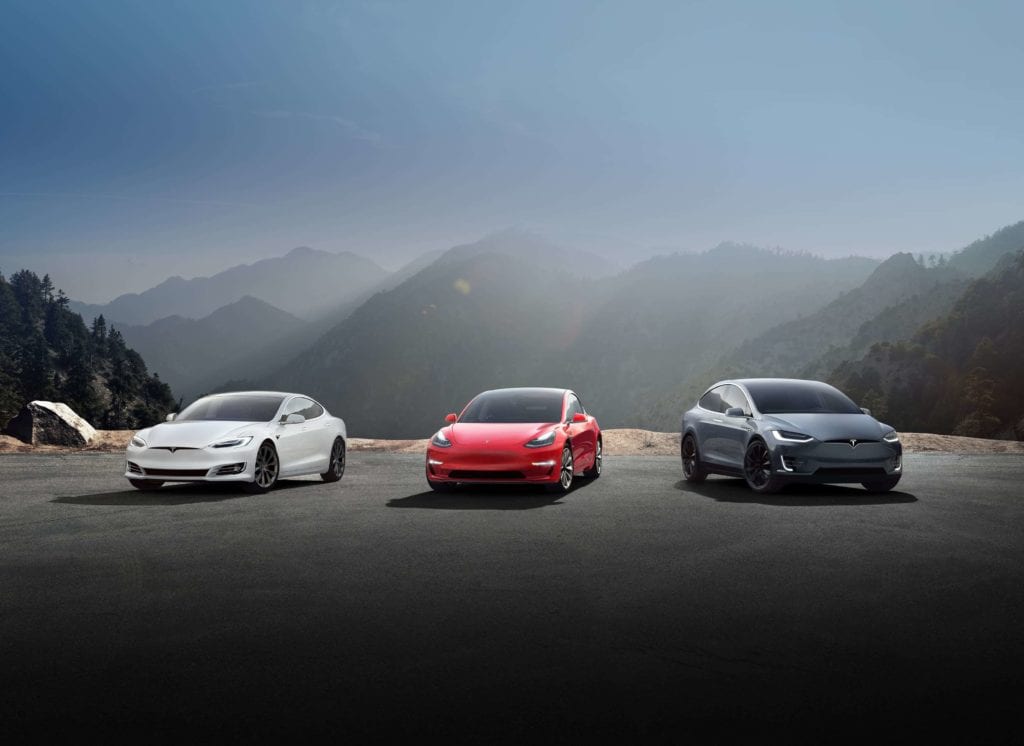Electric powered cars are growing successfully in modern time because of ever-increasing fuel difficulties. In case, approximately 250,000 electric hybrid vehicles are being marketed every year since 2017. With this, electric charging stations are now discovered throughout Australia.
Electric cars are identified to be very useful, and they use less energy, making them environmentally pleasant automobiles. But have you ever questioned what the parts of an electric-powered car’s engine are, and how they operate?
Primary Components Of An Electric Car
An electric-powered car has three main parts. These are the electric engine, motor controller, and battery.
Battery

- Lithium-Ion Batteries: This battery technology gives new execution and reach. However, it also carries the most expensive price tag. Lithium-ion batteries are less than Lead-acid and Nickel-metal. These are also batteries specified in digital cameras and smartphones.
- Lead Acid Batteries: This battery technology is the usual popular. It is also the lowest with the battery technologies. What’s great about it is it’s 97% recyclable.
- Nickel Metal Hydride Batteries: This battery technology gives more power output and more reliable execution but it takes hugely higher than lead-acid batteries.
Motor Controller
The motor controller of an electric car offers its general operation and the delivery of its power at any provided instant. It serves as a floodgate in the motor and batteries. It supports a monitor and controls all critical execution implications such as the vehicle’s operator, motor, battery, and accelerator lever.
It has a microprocessor which can check or redirect current. It is related to either increase the mechanical execution of the car or suits the operator’s driving behaviour. There are also more elegant controllers which are able of higher efficiency and thus, more extraordinary performance.
Electric Engine
Unlike a gasoline engine with fields of moving parts, an electric engine or motor has one moving part. This gives it a highly reputable specialist of motive power. Keeping an electric engine depends on your car’s system voltage. They can be structured to utilise either AC or DC current. AC motors are less costly and more comfortable related to DC engines.
They are also more general, and they tend to experience less mechanical damage and moisture. However, AC technology needs an extra processed or advanced motor controller.
Other Components Of An Electric Car
Aside from the three prime components of an electric car, it is also built up of other parts which are necessary as correctly. These are the regenerative braking and the drive mode.
- Regenerative Braking
As the electric car moves, the electric motor makes a fresh momentum and it can be utilised to command the batteries when you use the brakes, which is usually related to as regenerative braking. It can grow up to nearly fifteen per cent of related energy for dispatch. Though this part is useful, it cannot make sufficient to restore an electric car completely.
- Drive System
The get-together of the drive system is to give mechanical energy to the traction wheels, creating motion. An electric car does not need a conventional transmission. However, it has some inside forms depending on the ingredients in value.
For example, there are some ideas which use many more modest motors that power each wheel independently. Large electric motors, on the other hand, maybe coupled to the rear wheels utilising a differential housing.
The parts of an electric-powered car are very more modest related to the elements of a gasoline-powered car engine. However, electric cars cannot go as quick as gasoline-powered vehicles can.
Electric cars, on the other hand, can decrease energy loss in many forms like automatically switching the engine off when the car is still.
Different Types of Electric Cars and How They Work
Electric vehicles come in three types and they are marked by the degree that electricity is utilised as their power reservoir.
- Battery Electric Vehicles or BEV
This representation is entirely electric with rechargeable batteries and does not have a gasoline engine. It saves electricity onboard with high-capacity battery packs. Battery power is applied to run the electric motor of the vehicle and as well as all onboard electronics. Battery electric vehicles do not release toxic discharges and risks, unlike conventional gasoline-powered vehicles. They are filled with electricity from an outside source.
- Plug-In Hybrid Electric Vehicles or PHEV
This variety of electric vehicle is also known as Extended-Range Electric Vehicles and it is powered by both petrol and electricity. Its battery can be restored in both regenerative braking and “plugging in” to a surface source of electrical power. This kind of electric car can go wherever from 10 to 40 miles before its gas engine provides support, unlike approved hybrids which can only go about 1 to 2 miles before the gasoline engine redirects on.
- Hybrid Electric Vehicles or HEV
This kind of electric car is also powered by both petrol and electricity. Its electric energy is produced by its own braking way to restore the battery. That method is called “Regenerative Braking”. In that manner, the electric motor improves to decrease the vehicle and manages remarkable of the service generally turned to heat by the brakes.
It begins off doing the electric motor and then the gasoline cuts in as mass or activity begins. The couple motors of a hybrid electric vehicle are managed by an intimate computer, assuring the most stable economy for the driving situations.





